This grow light is designed to be simple and cheap with the ability of being run off AC mains power or off a DC based solar or battery system. The light accomplishes running off AC by using a dedicated power supply, for running in DC the power supply is removed and the LEDs are powered directly off 12V DC. To keep costs down the case is designed out of birch plywood and to keep assembly simple it glues and nails together edge to edge with 60 degree bevels on each piece of wood.
Specs:
- 10 Meters of Red/Red/Blue LED Grow Strip, 5050 sized LEDs approximately 600 LEDs total
- 5 Meters of UV 390nm Wavelength LED Strip, 5050 sized LEDs approximately 300 LEDs total
- Half hexagon plywood case, built using 60 degree bevels on each piece via tablesaw
- 240W 12v LED Switching Power Supply
- Eventually, fancy switchbox with connectors for switching between AC/DC on the fly
- Eventually optional current sense and light sense board with cloud integration ;)
Parts To Make:
- 4' X 8" plank, with 60 degree bevel cuts on each side approximately 1/2" in
- 4' X 6" plank with a 60 degree bevel cut on one side approximately 1/2" in, make two of these
- End pieces, trapizoidal piece made from deck plank, more on the technique for cutting this piece later.......
- LED Strip 4' Lengths, cut all reels of LED strip into 4' lengths
 AVR
AVR


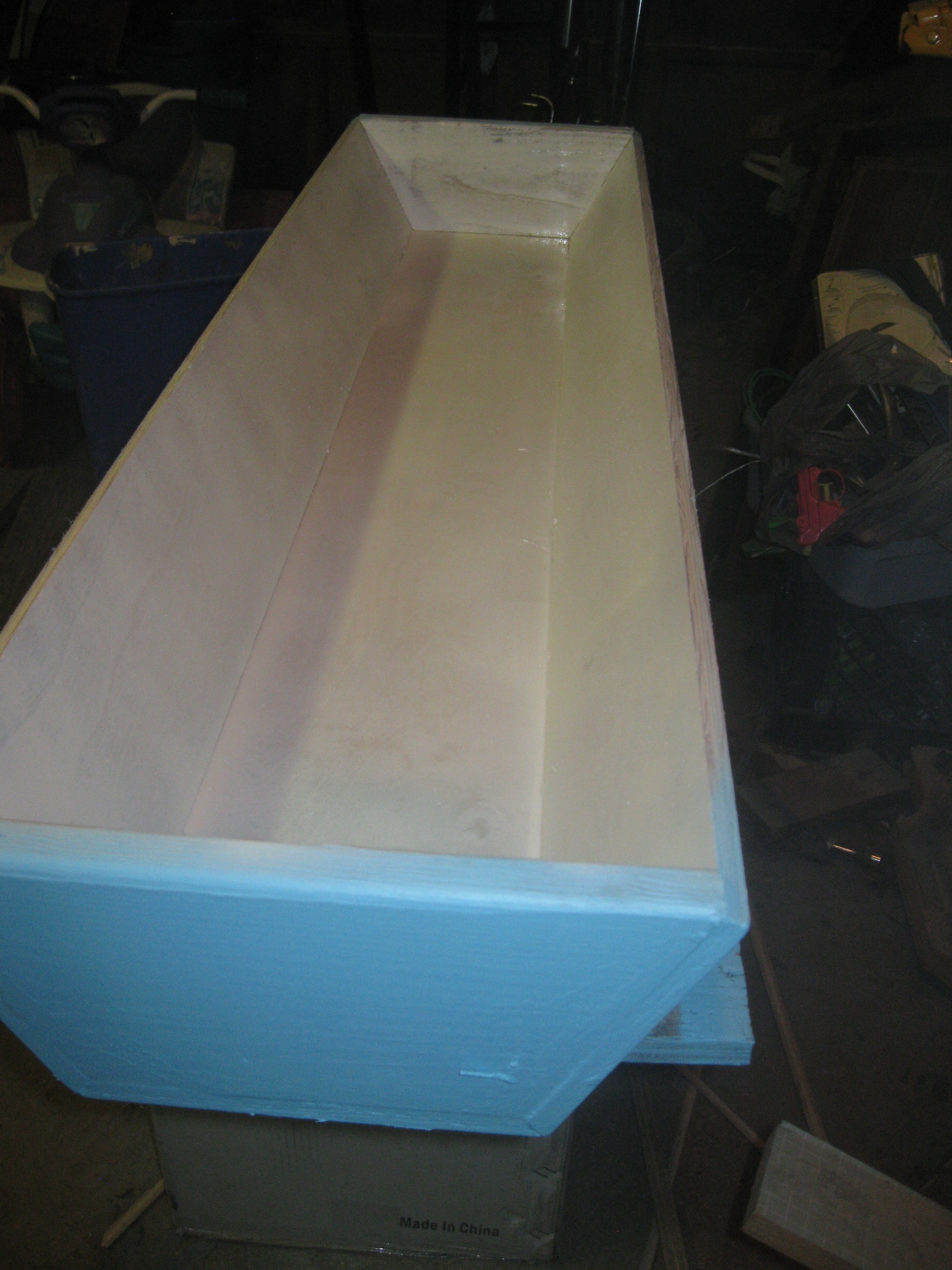
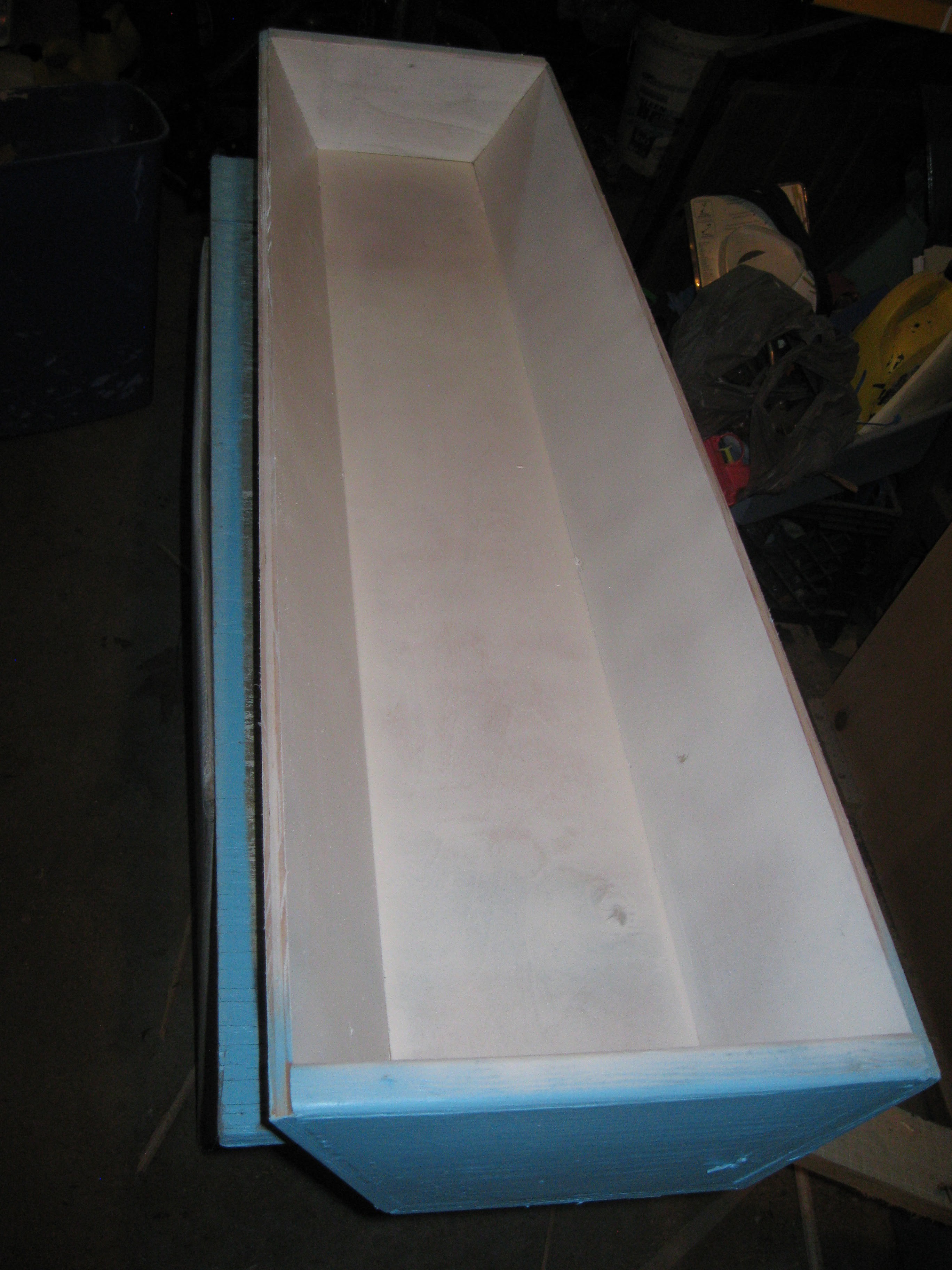


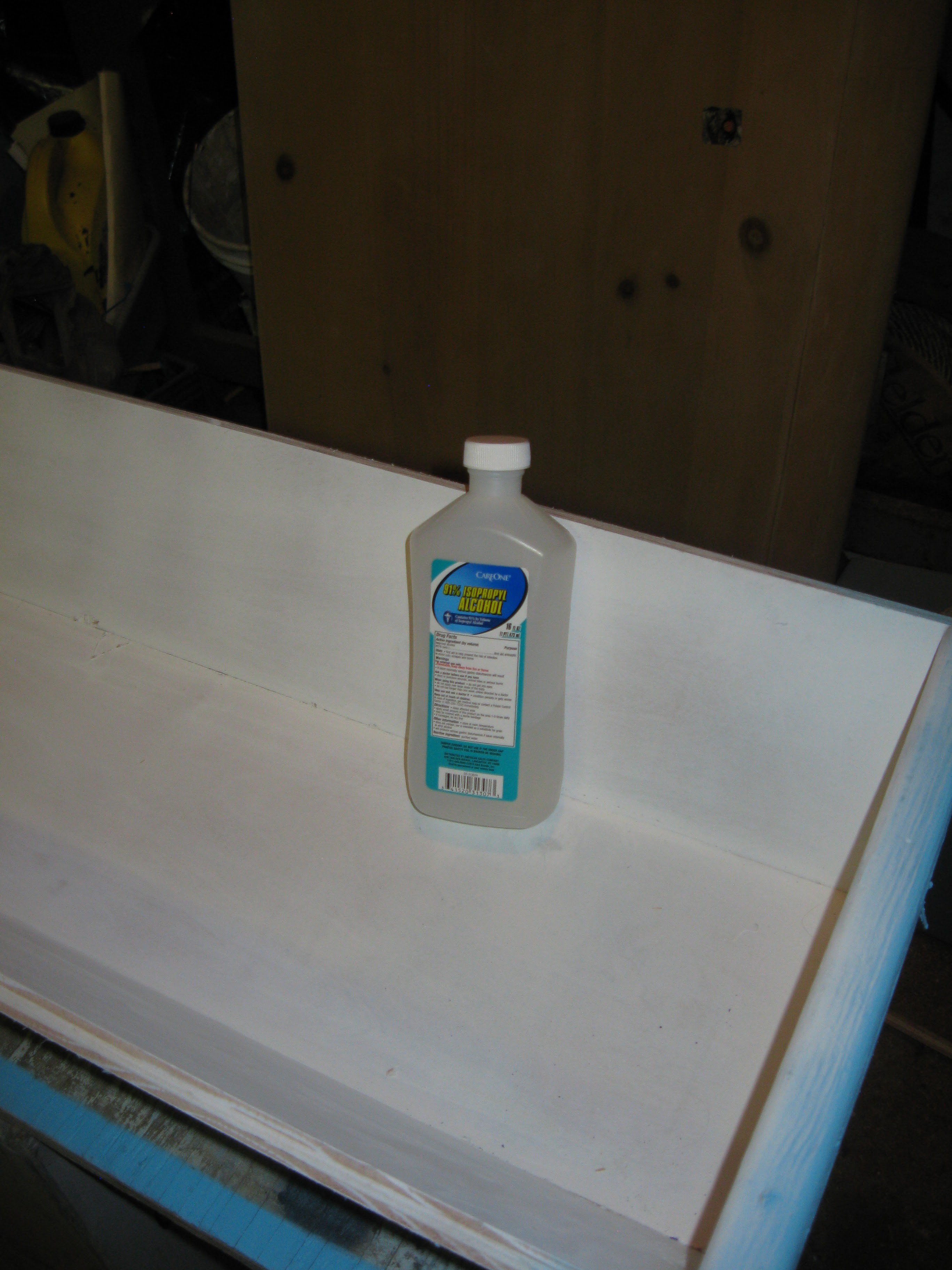

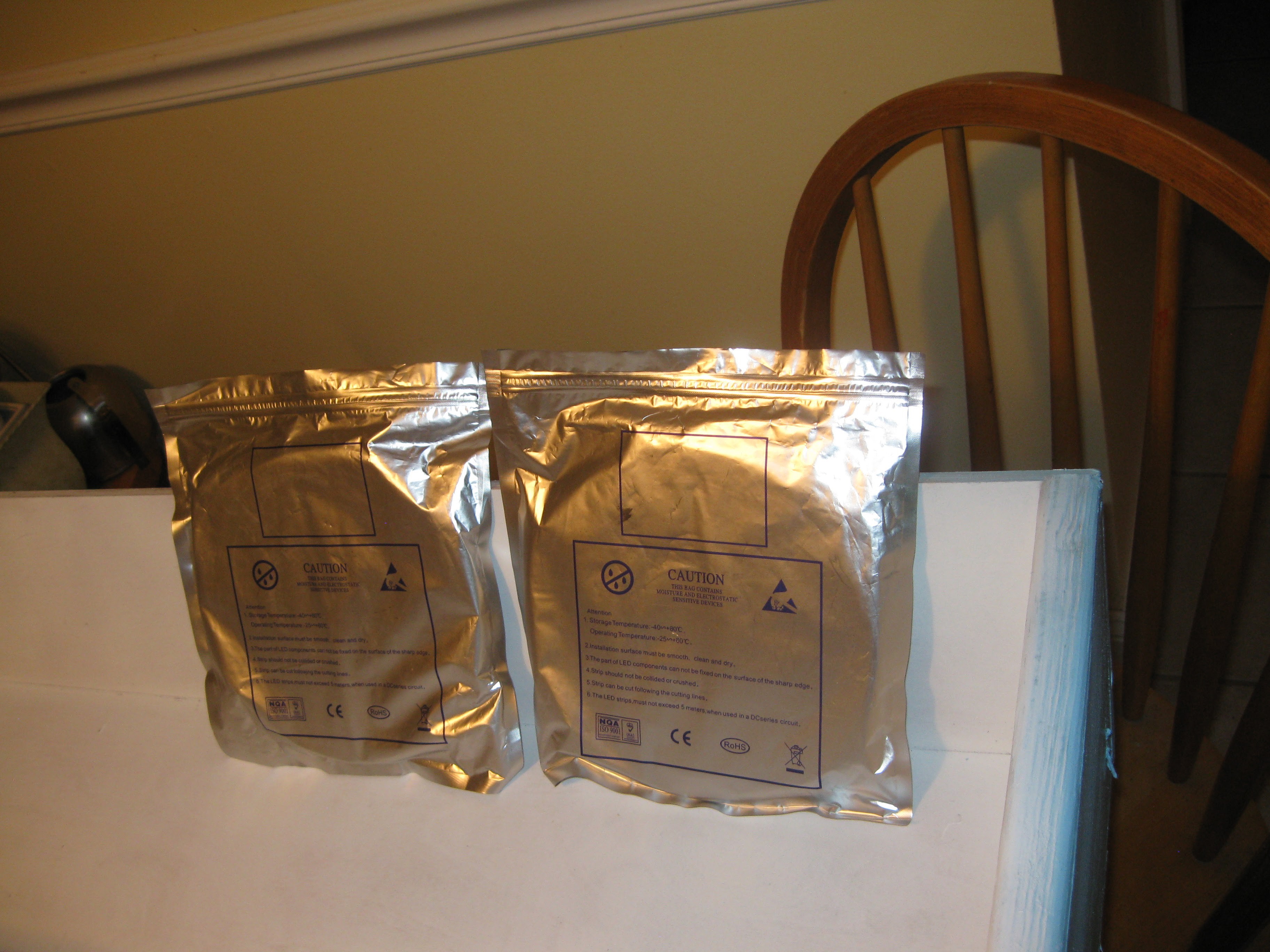
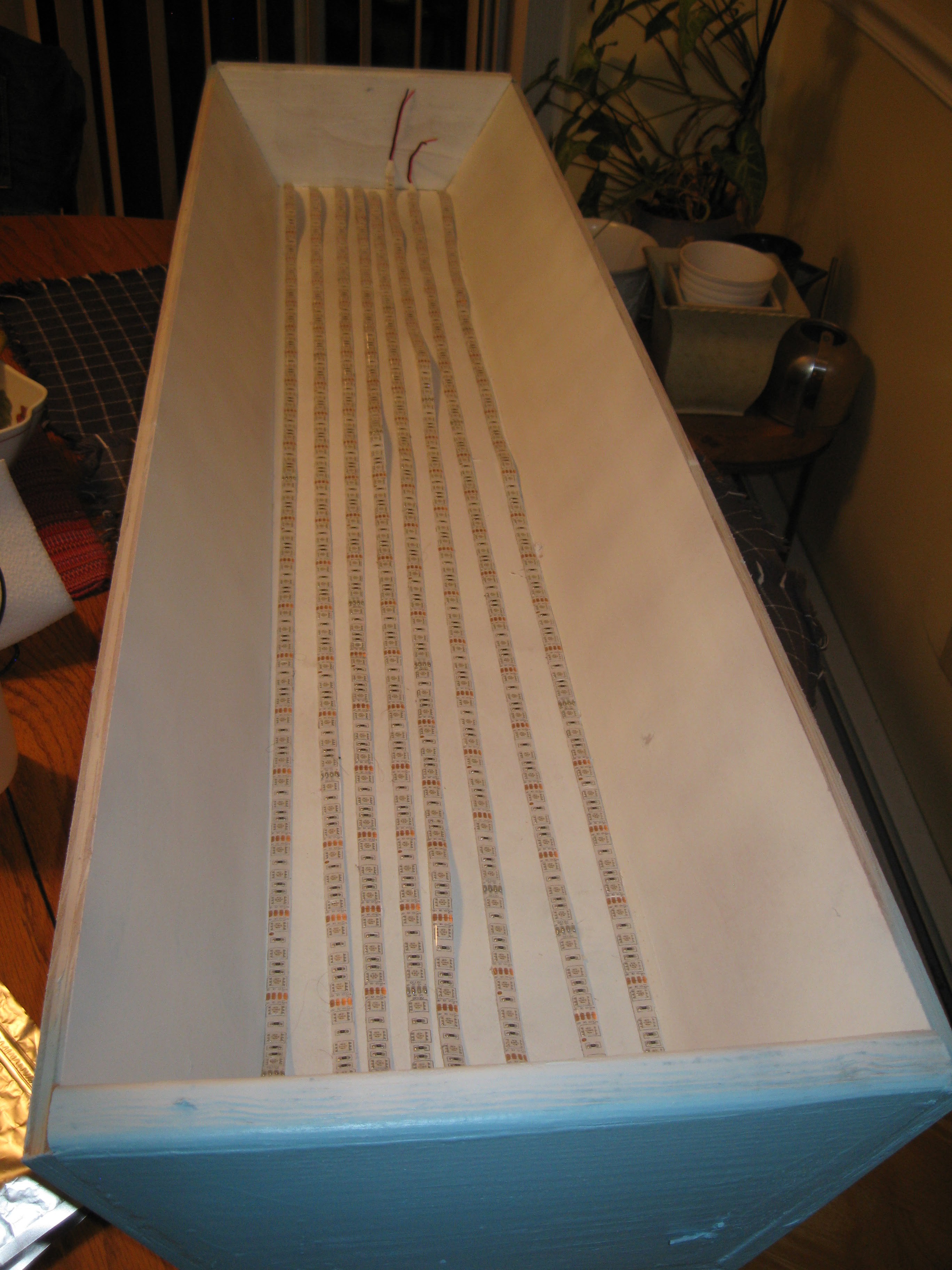

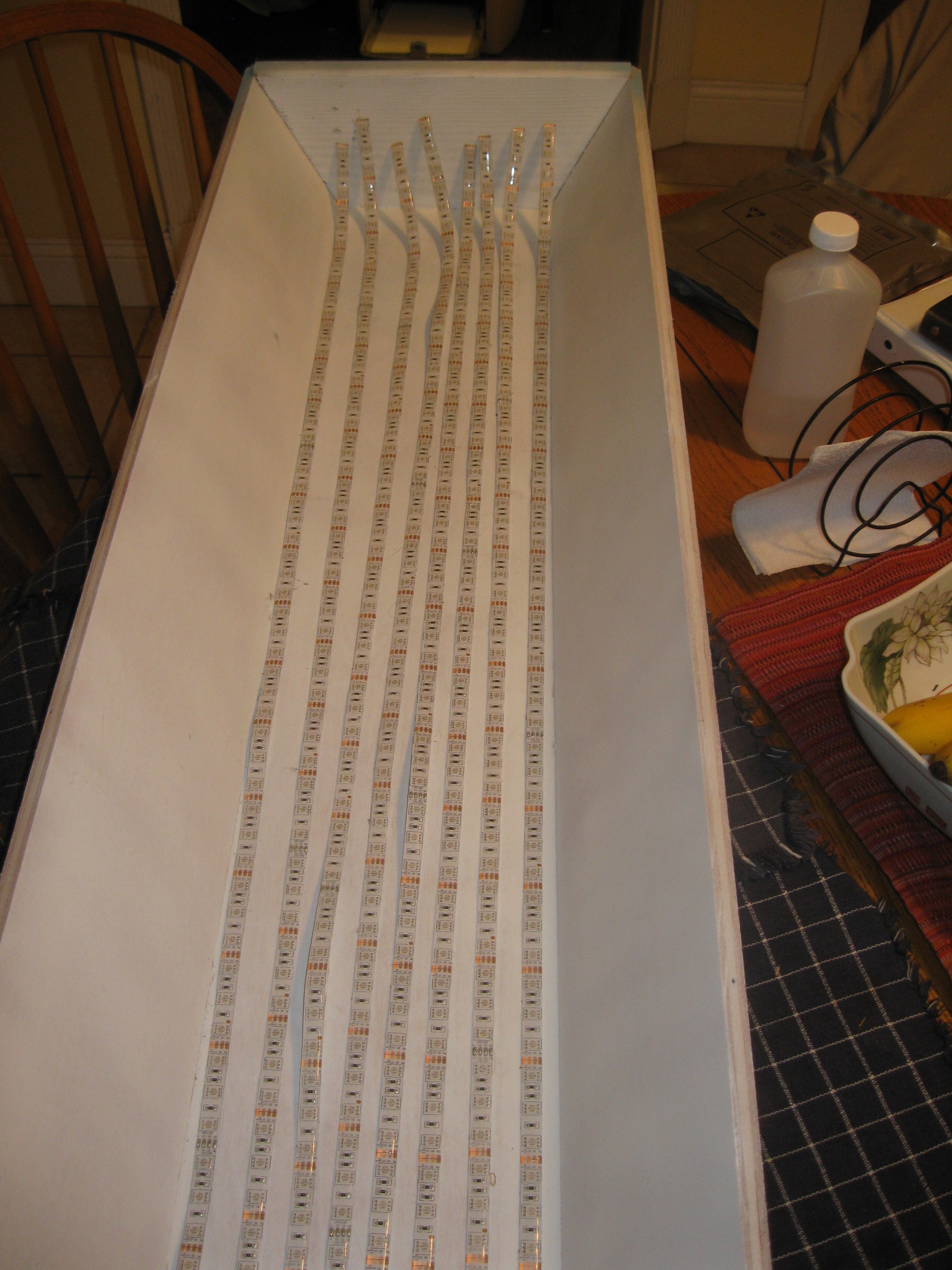
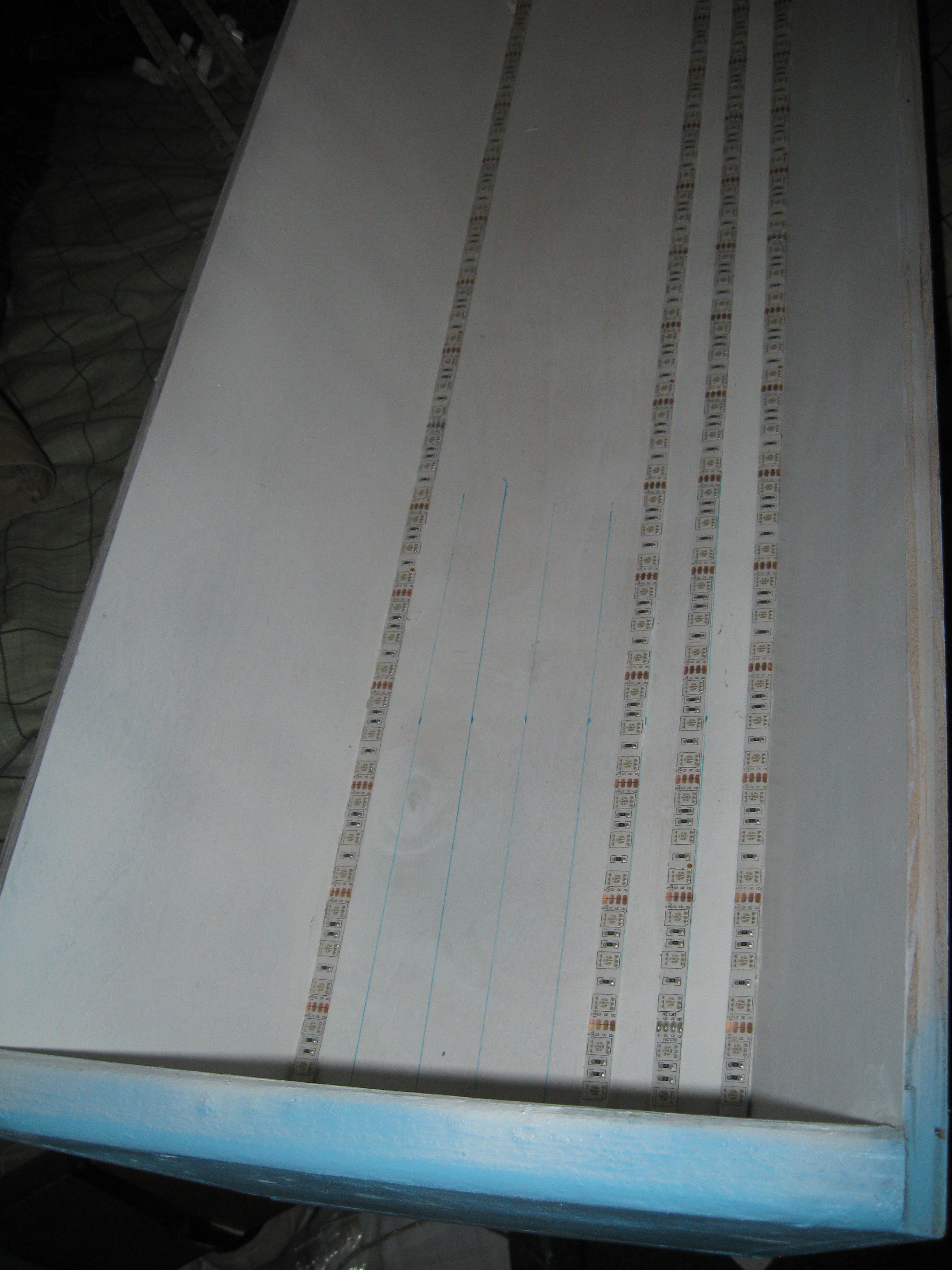

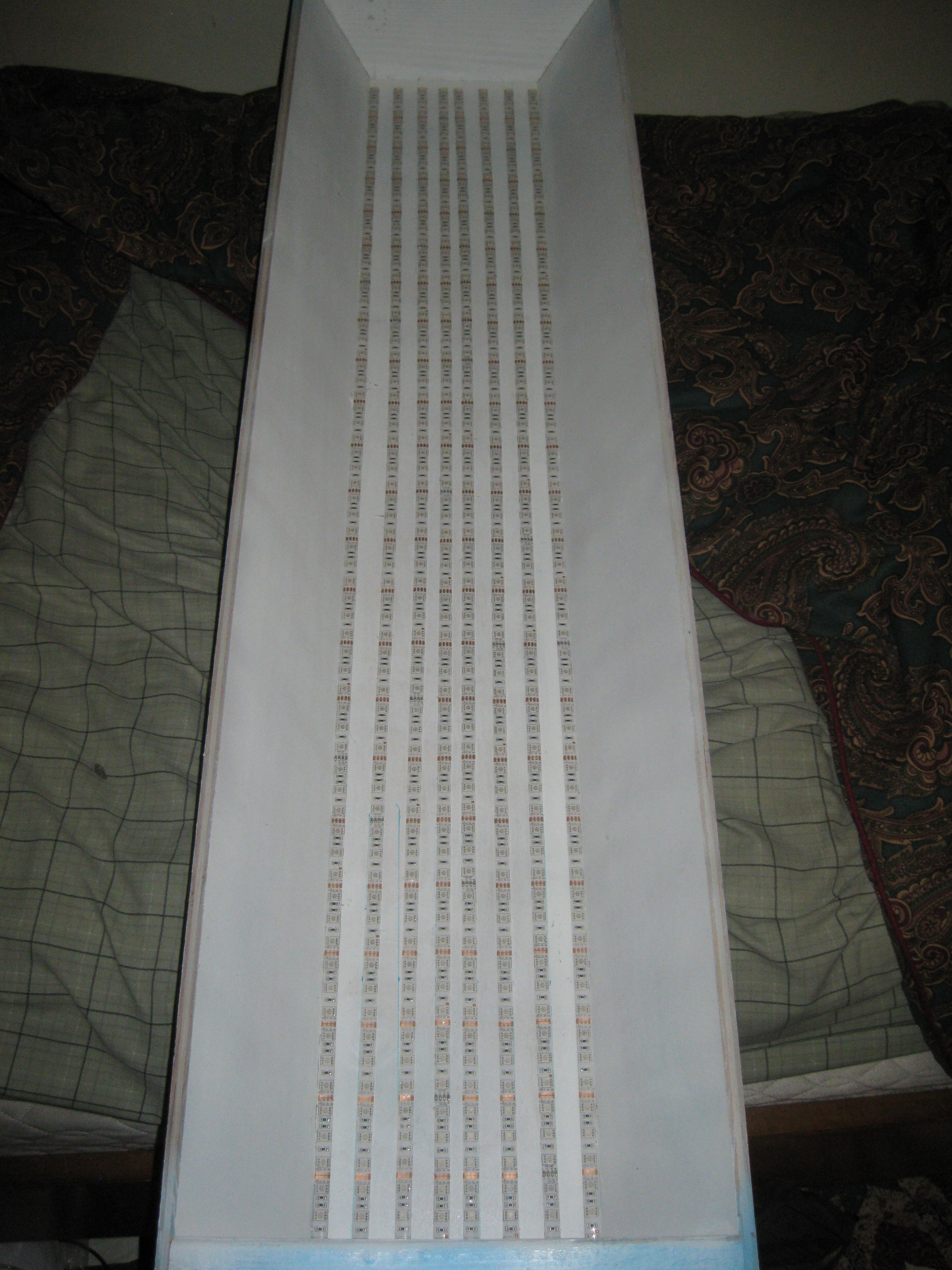





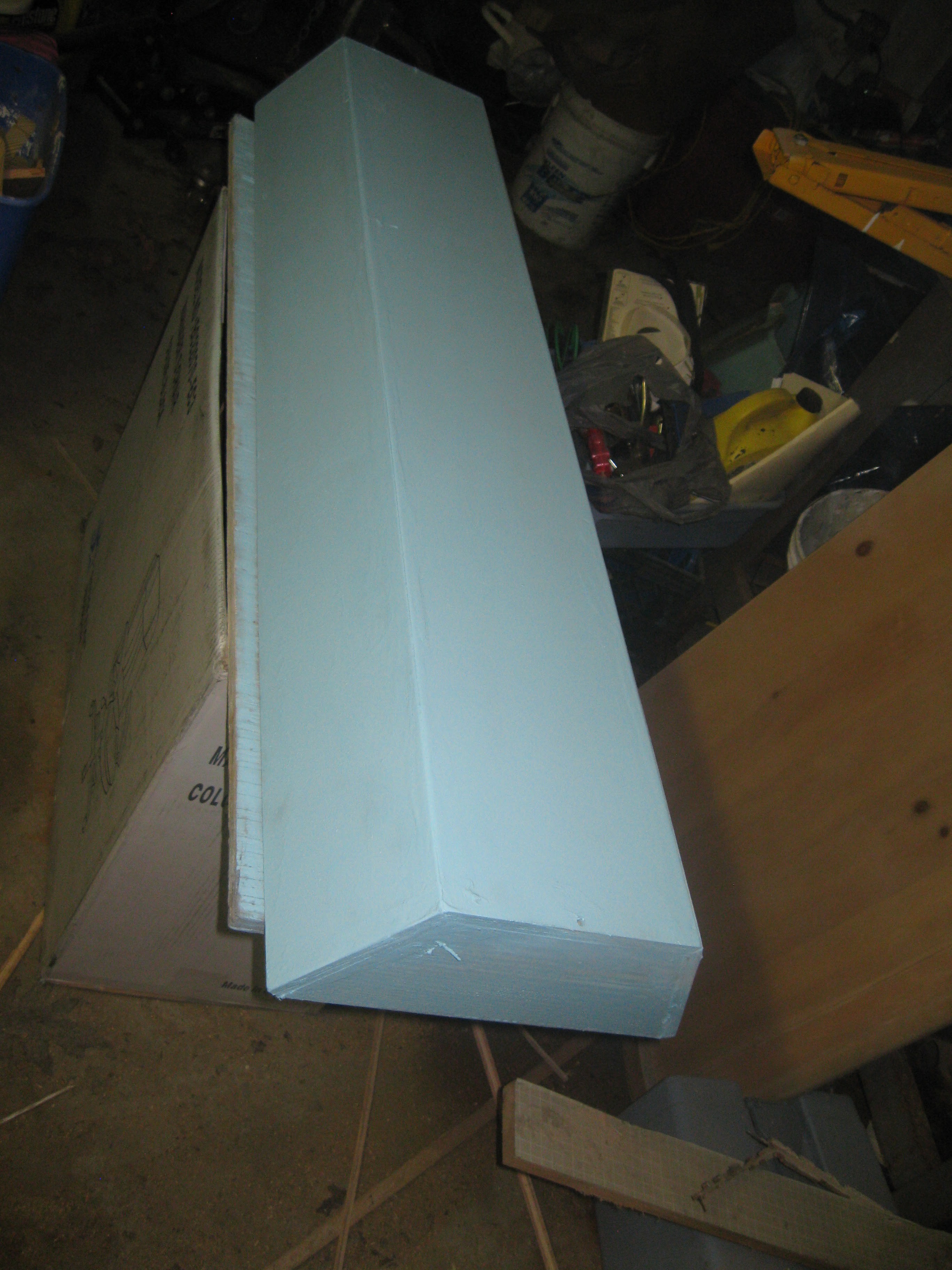


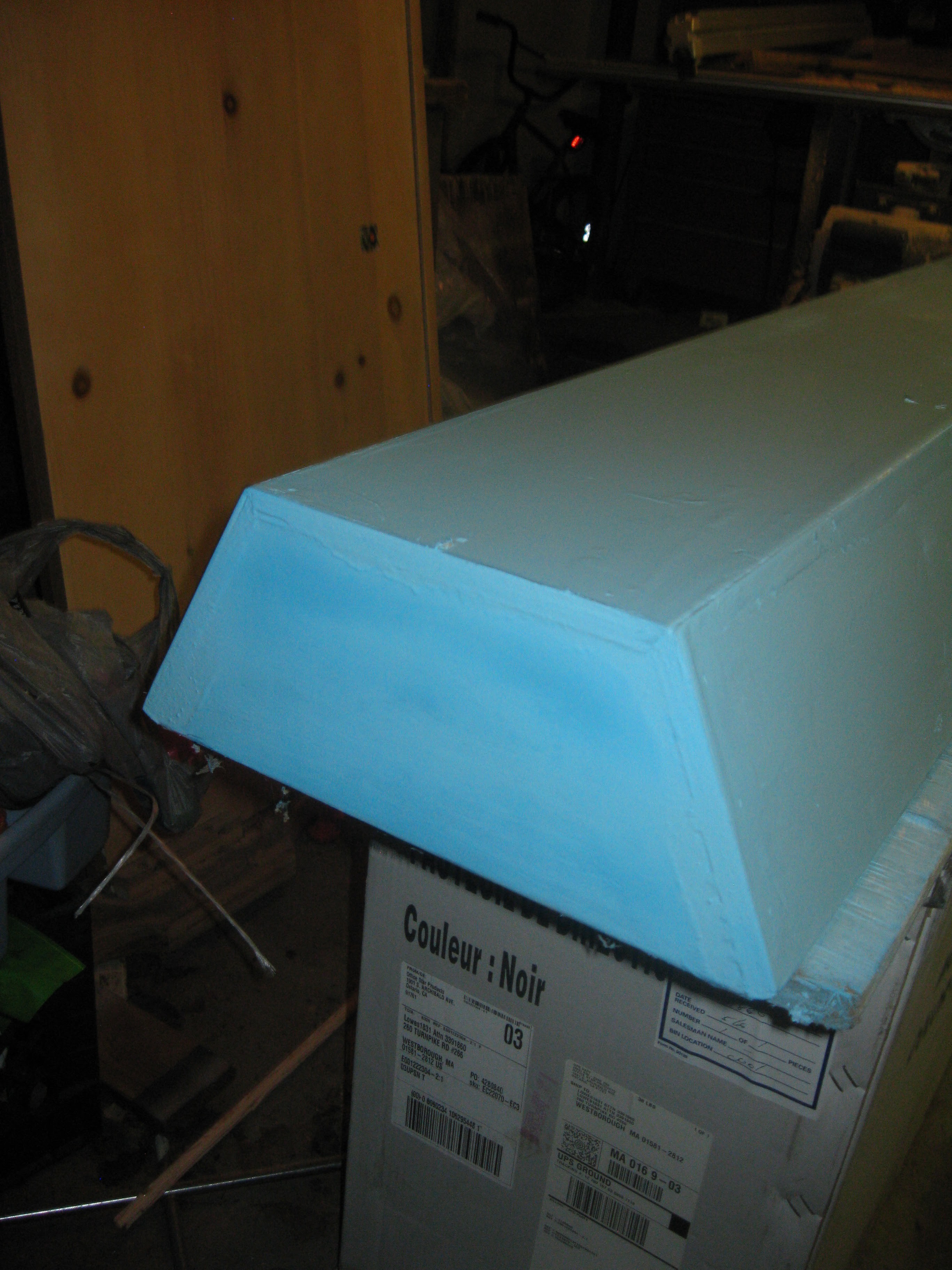



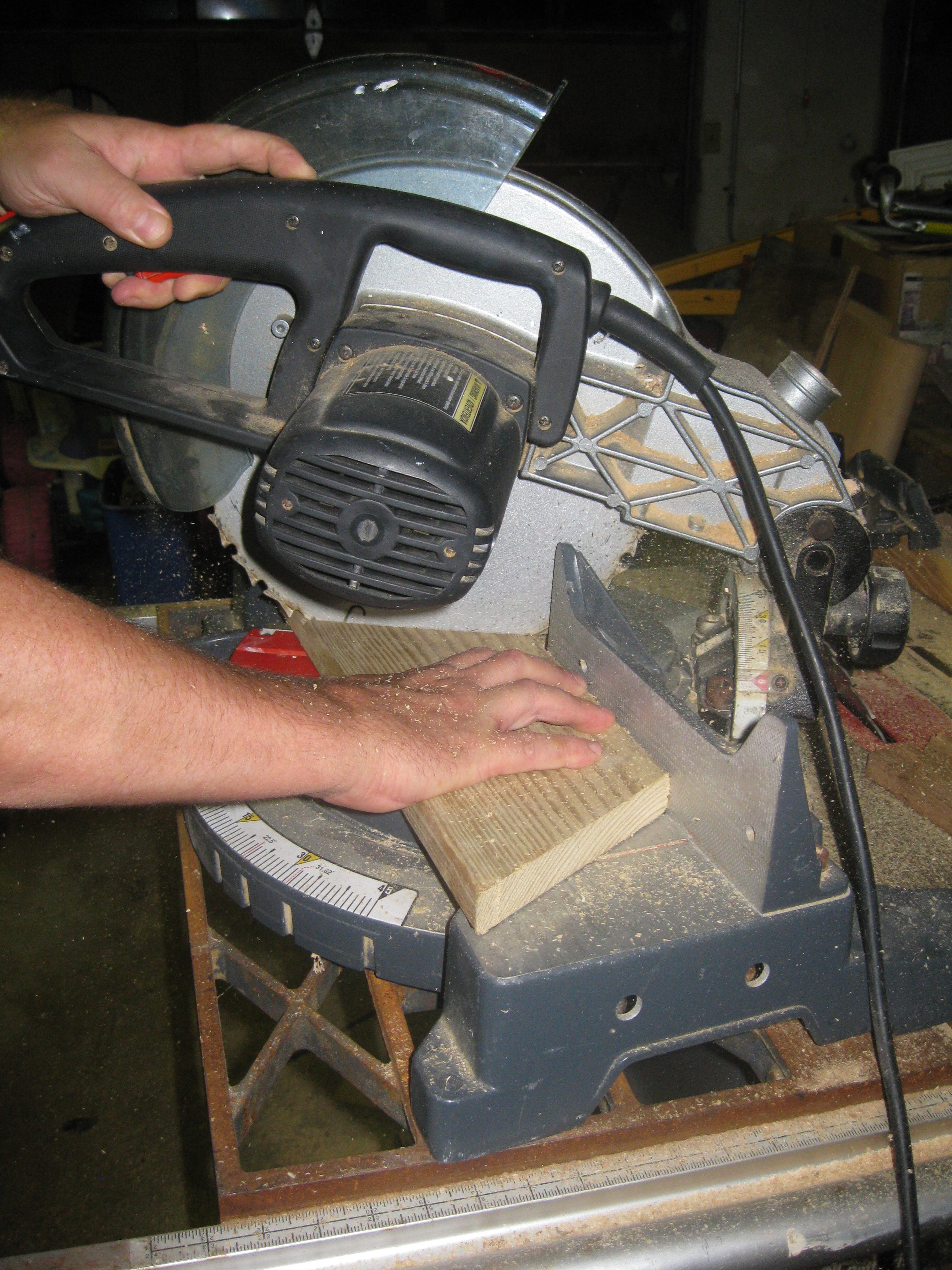
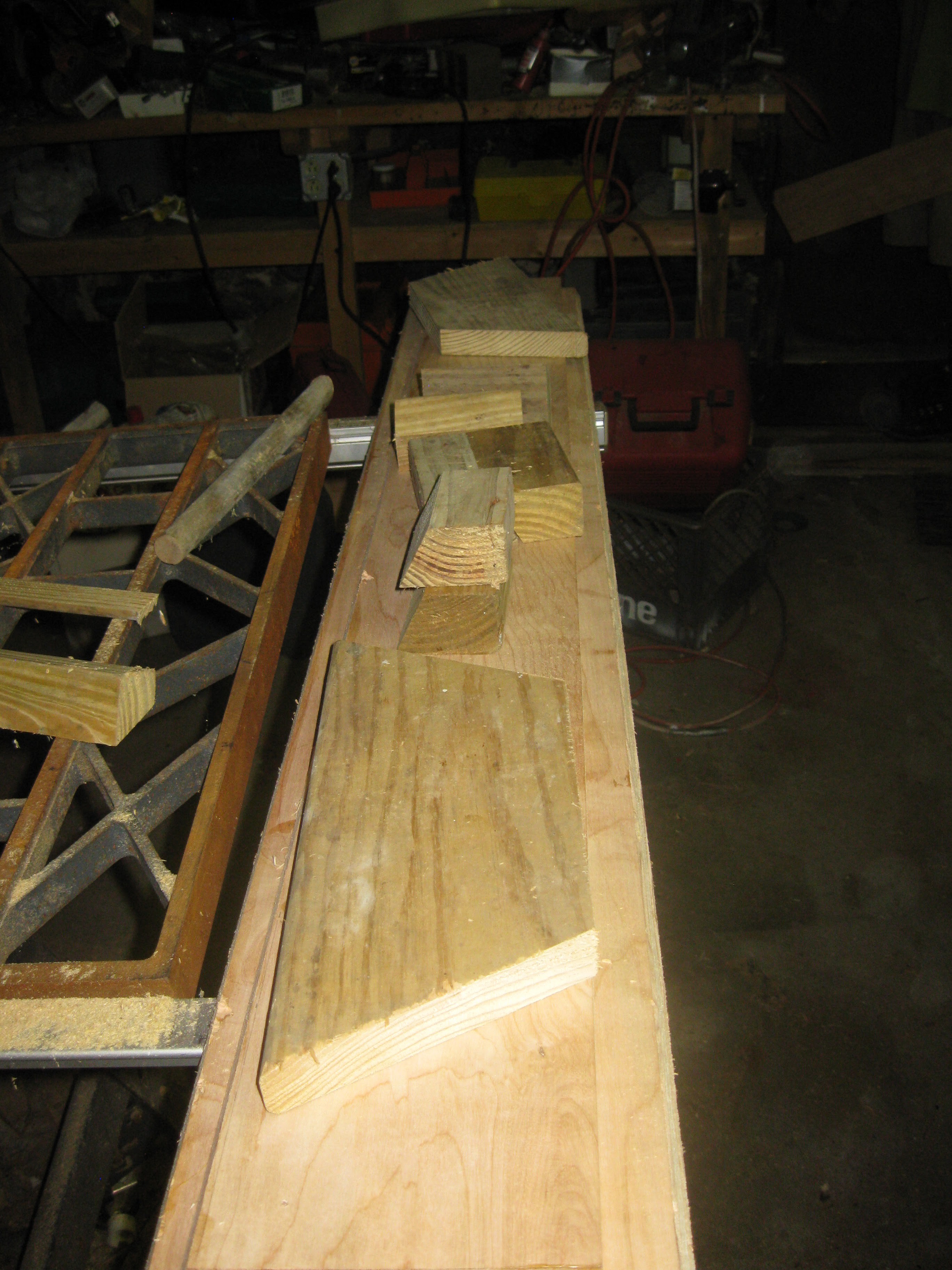
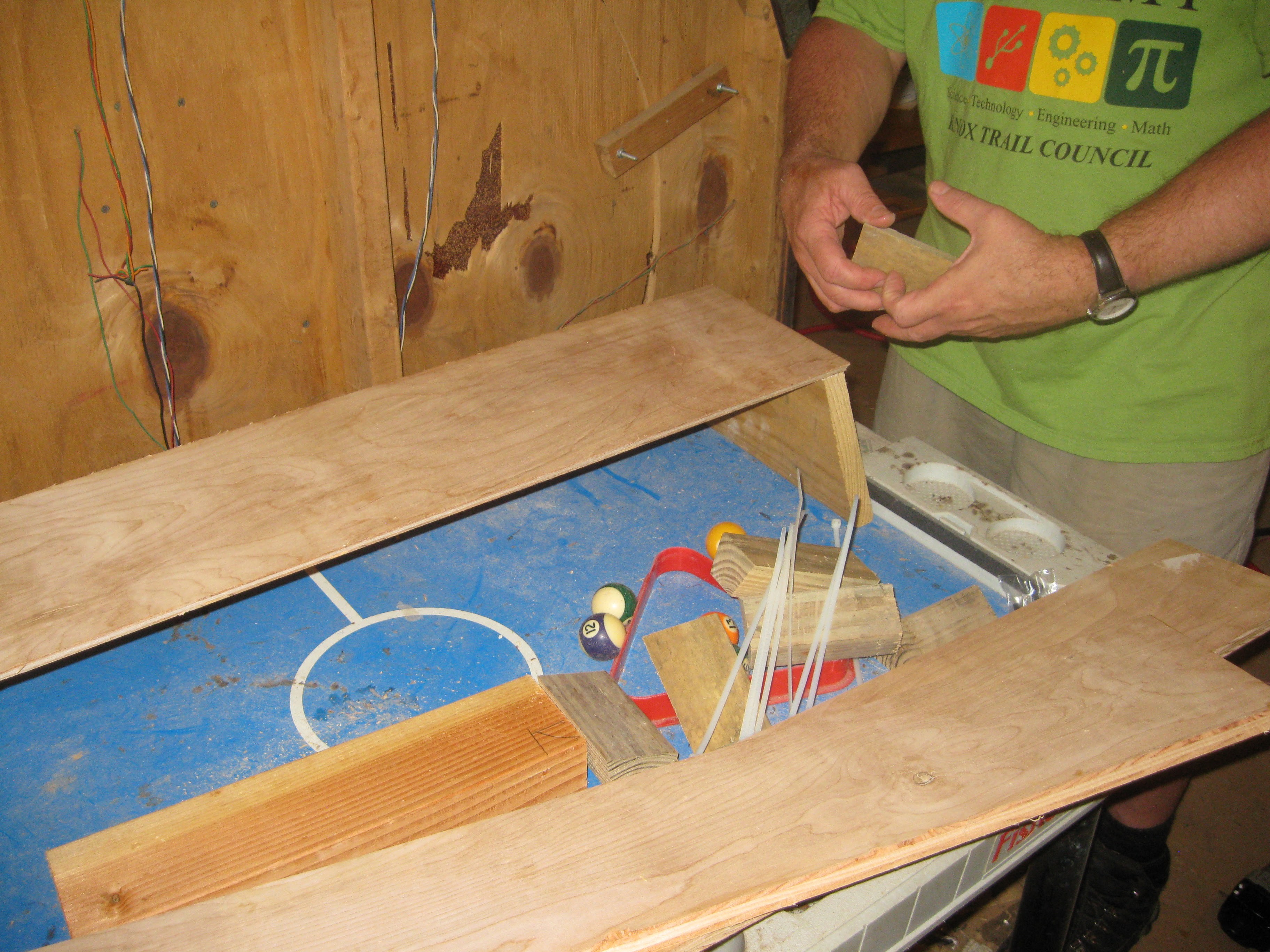
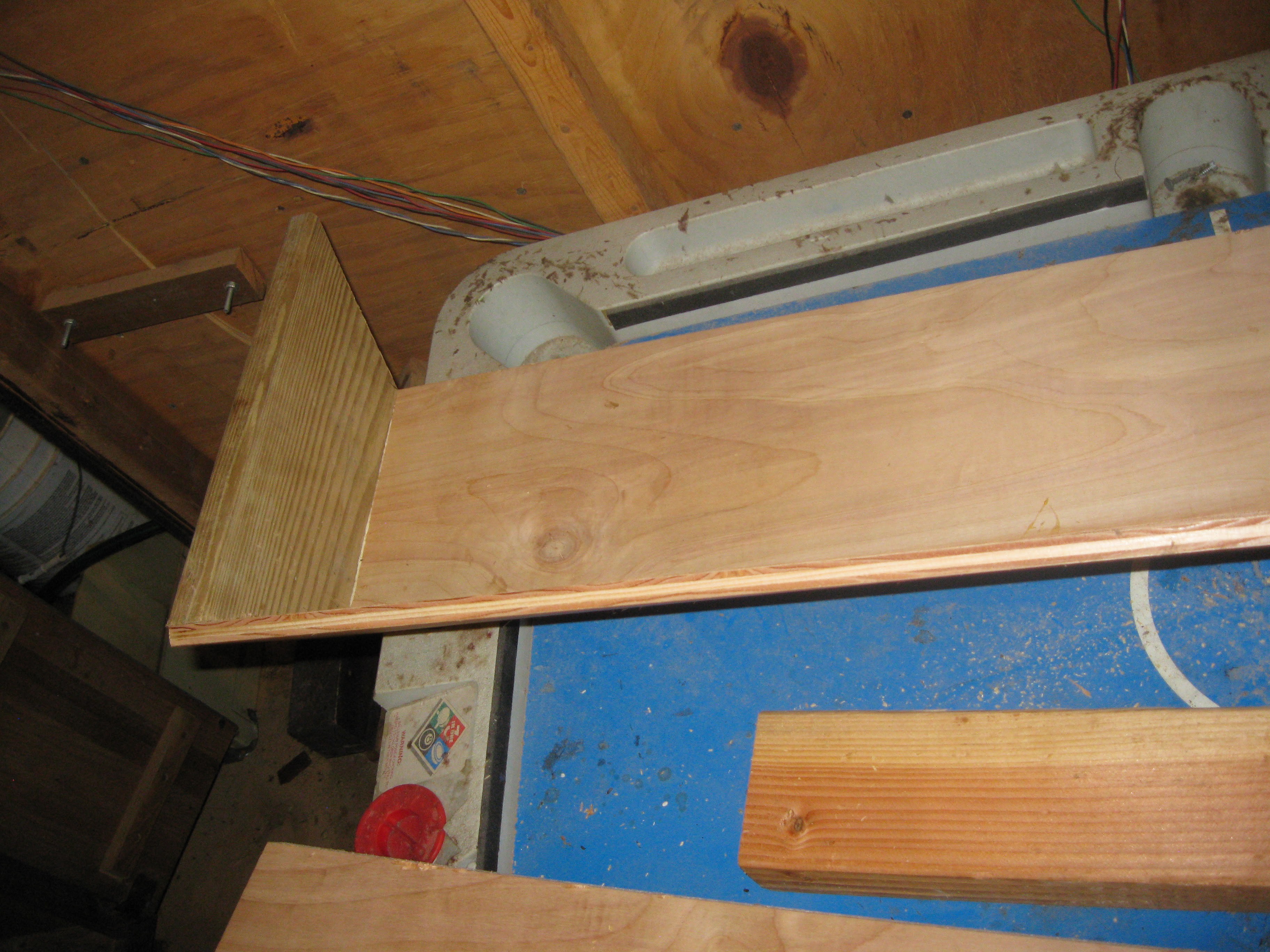

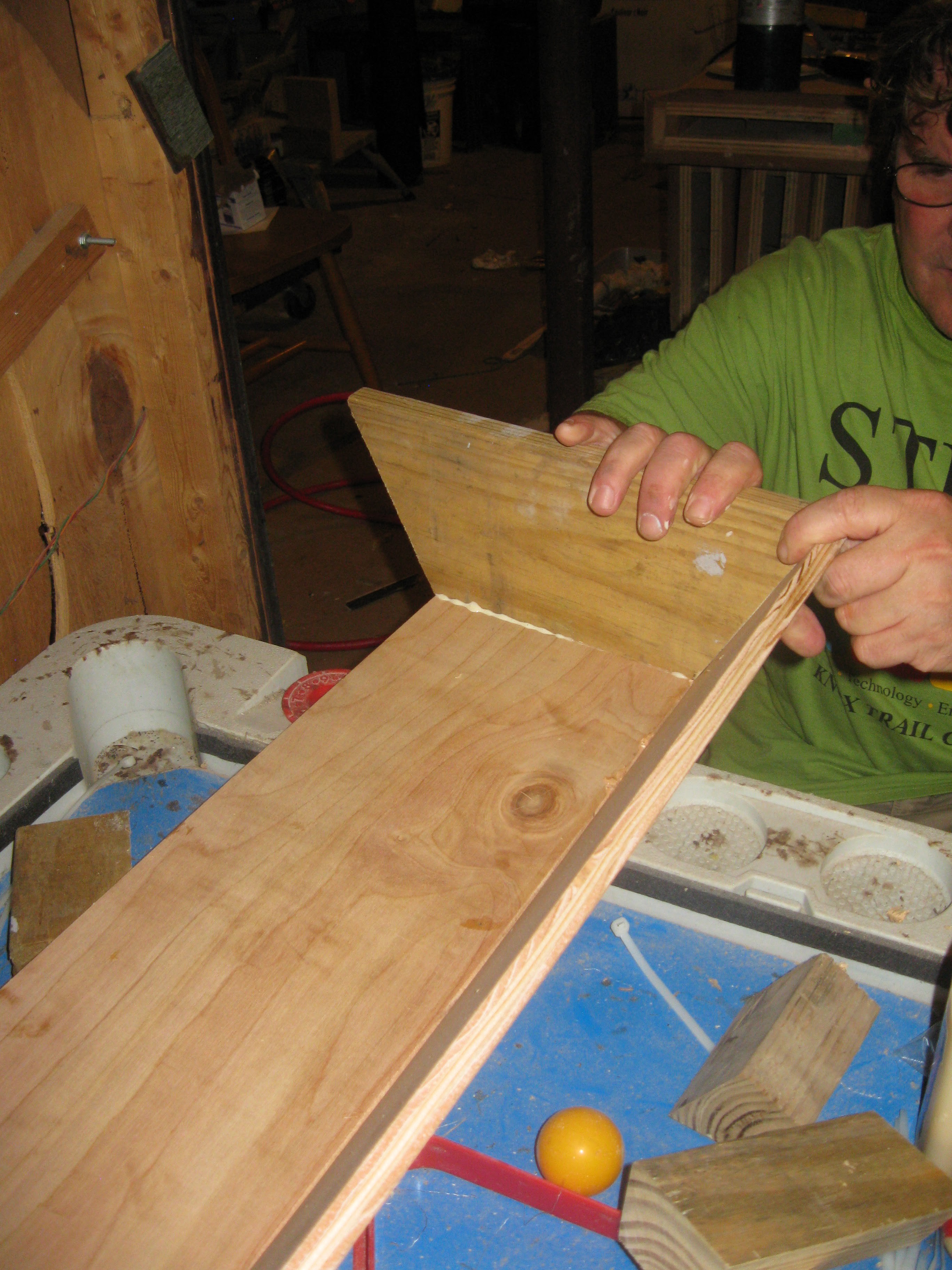
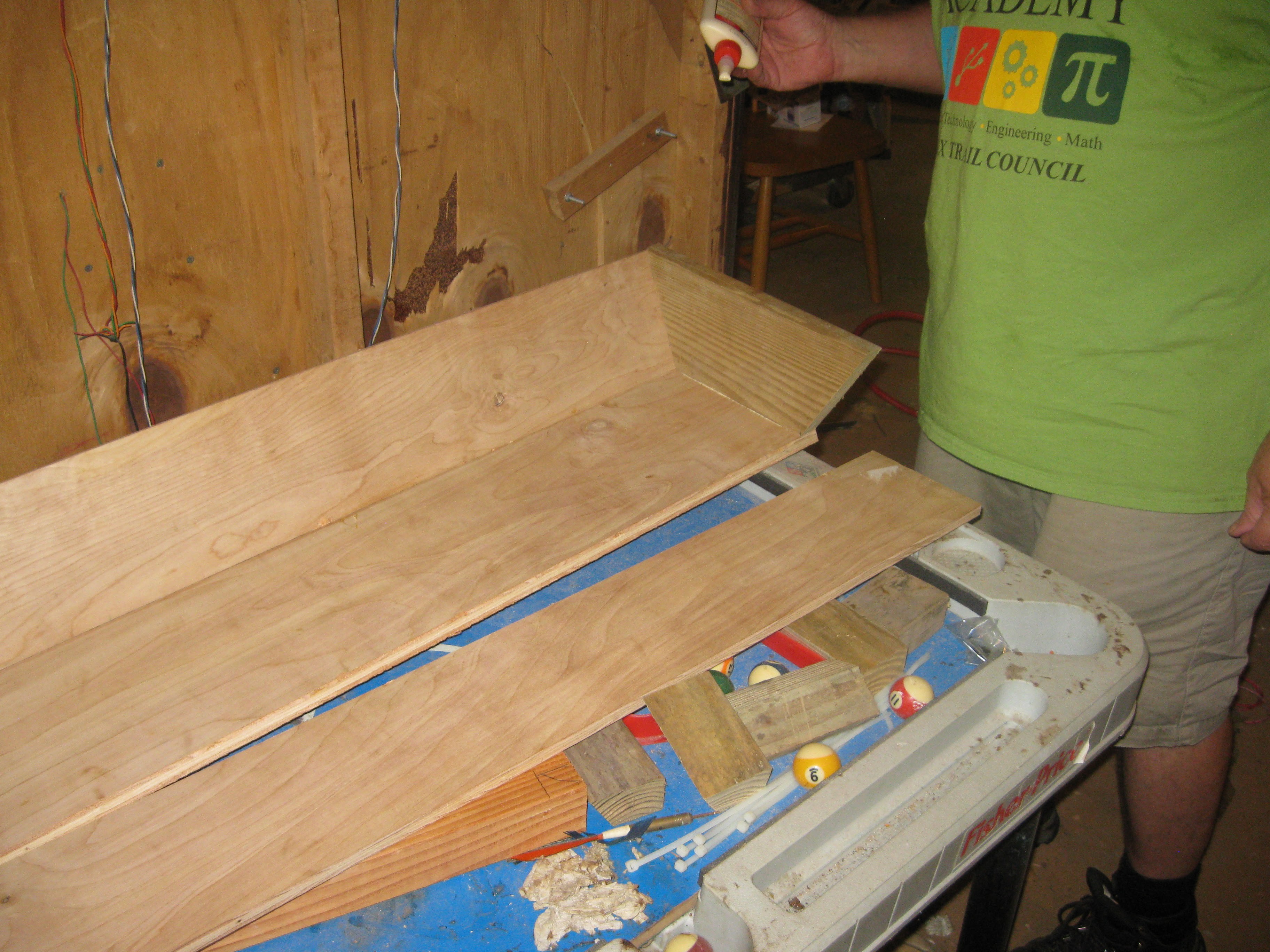

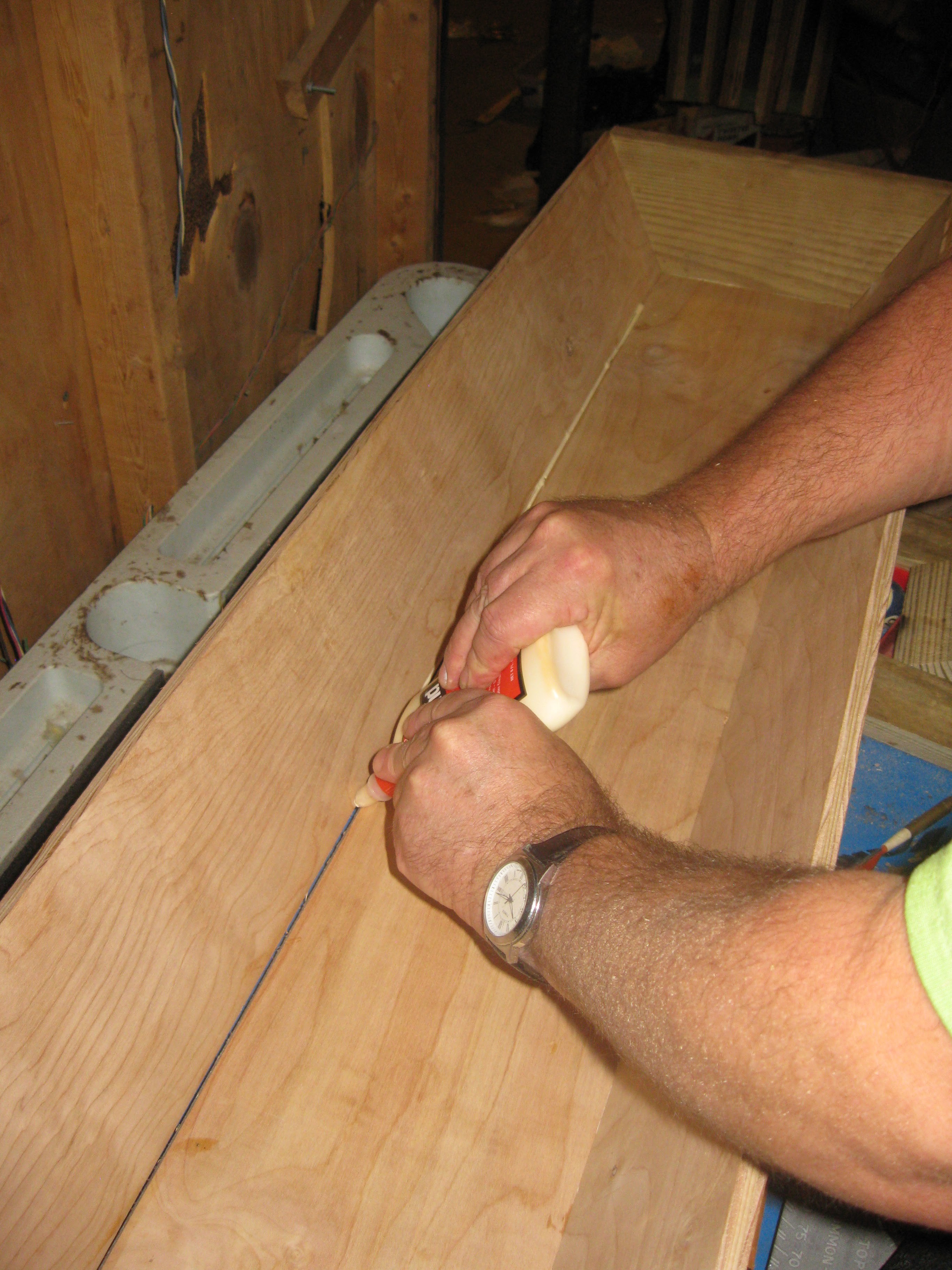
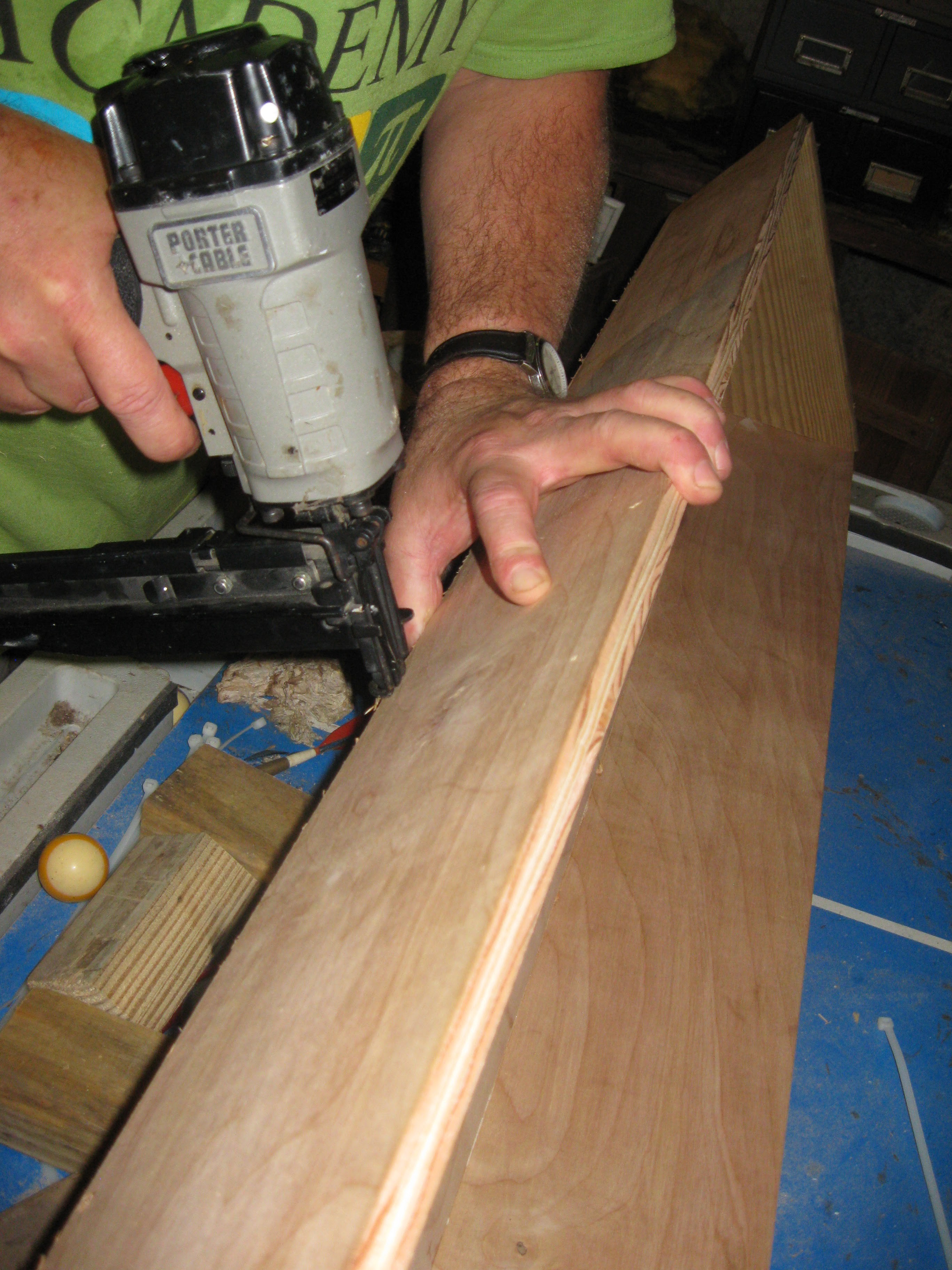
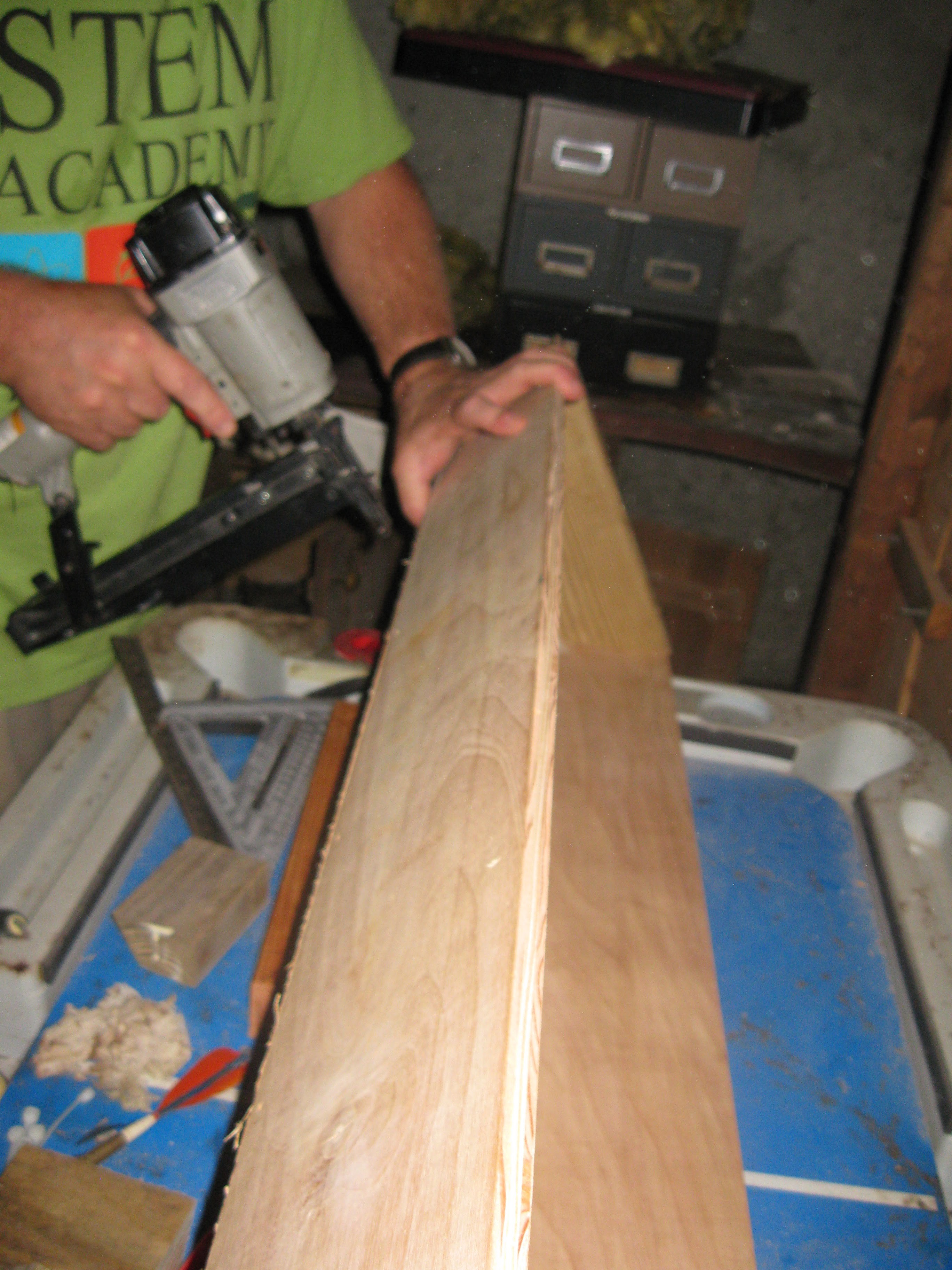
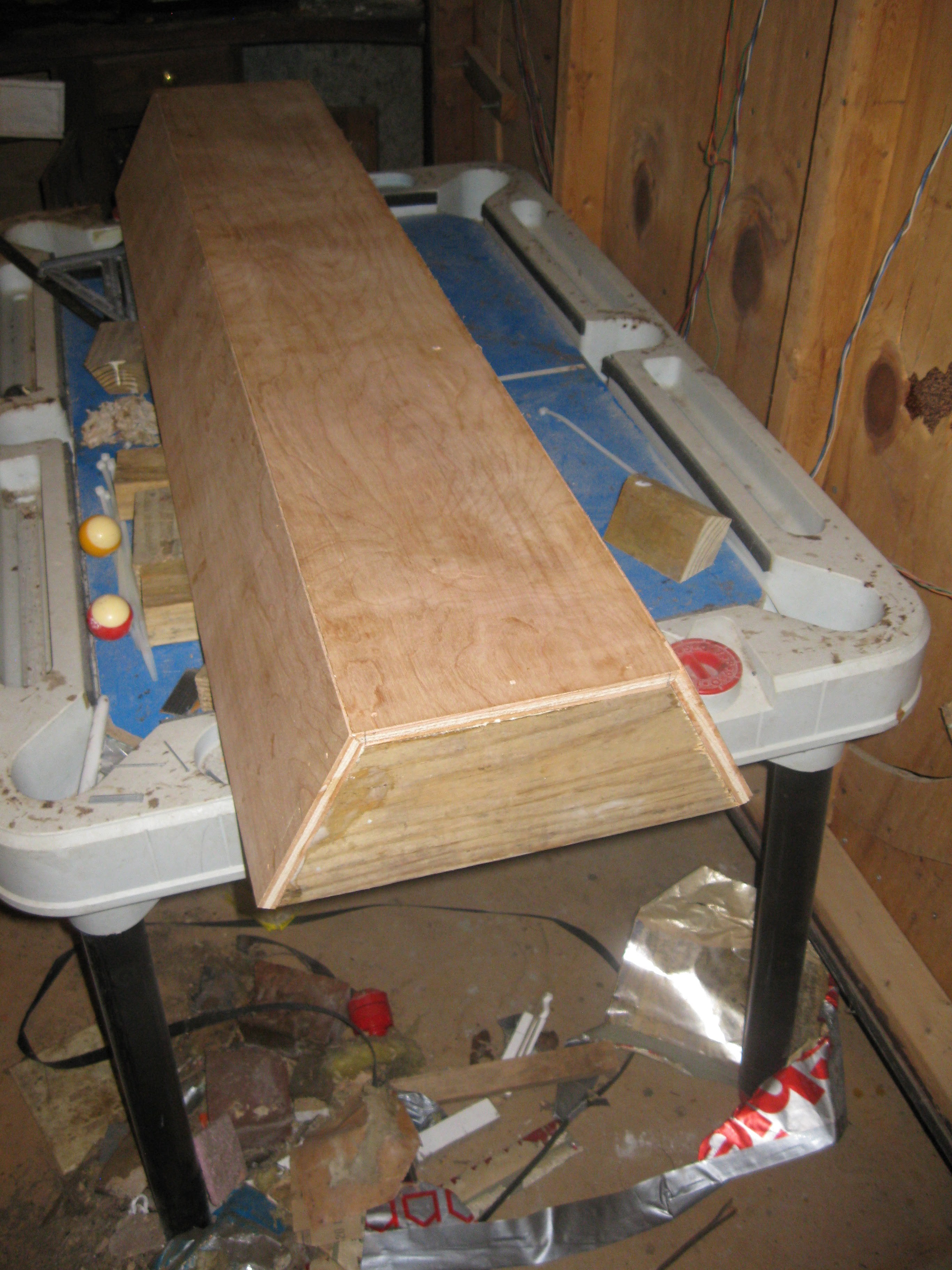
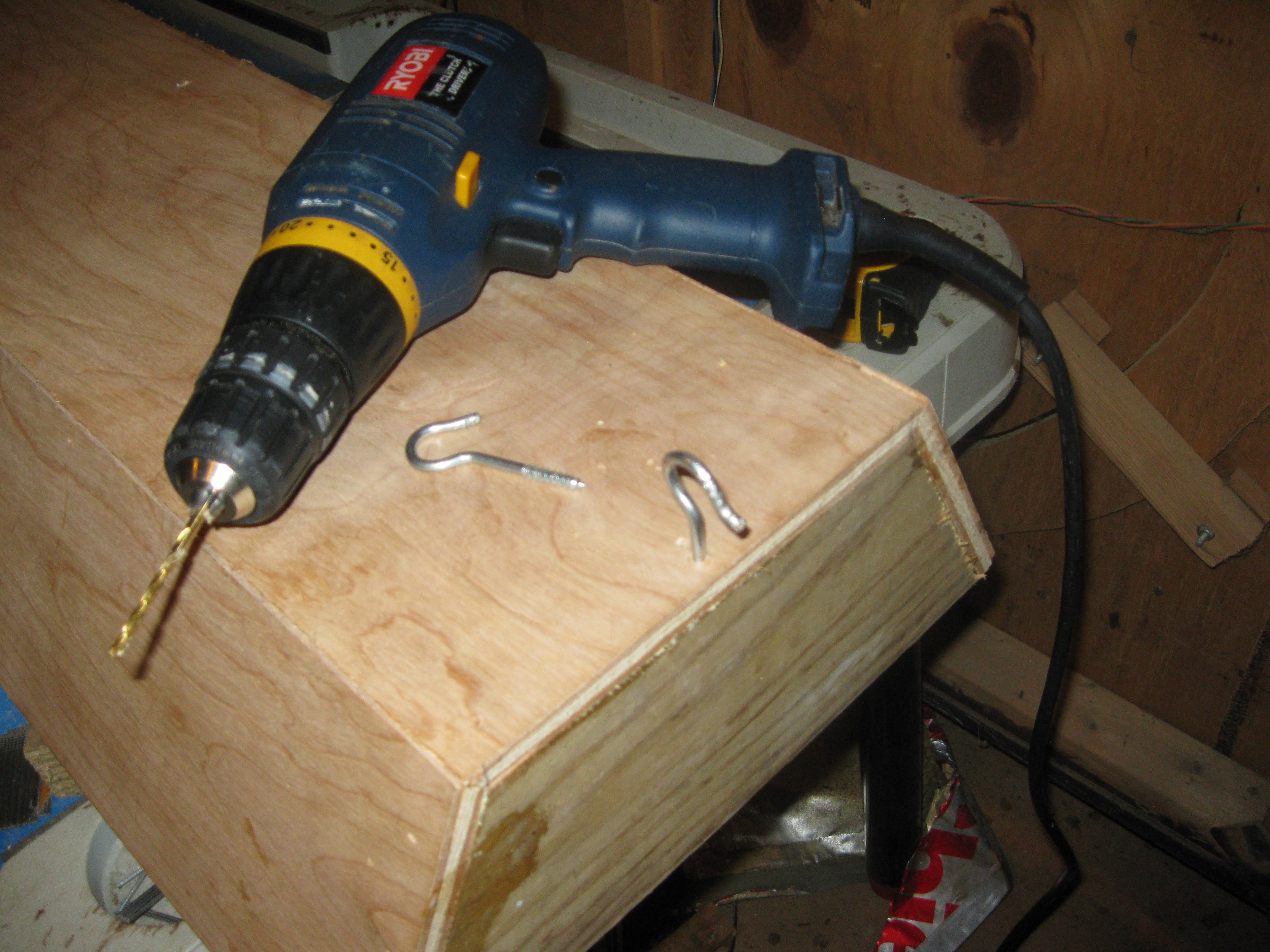
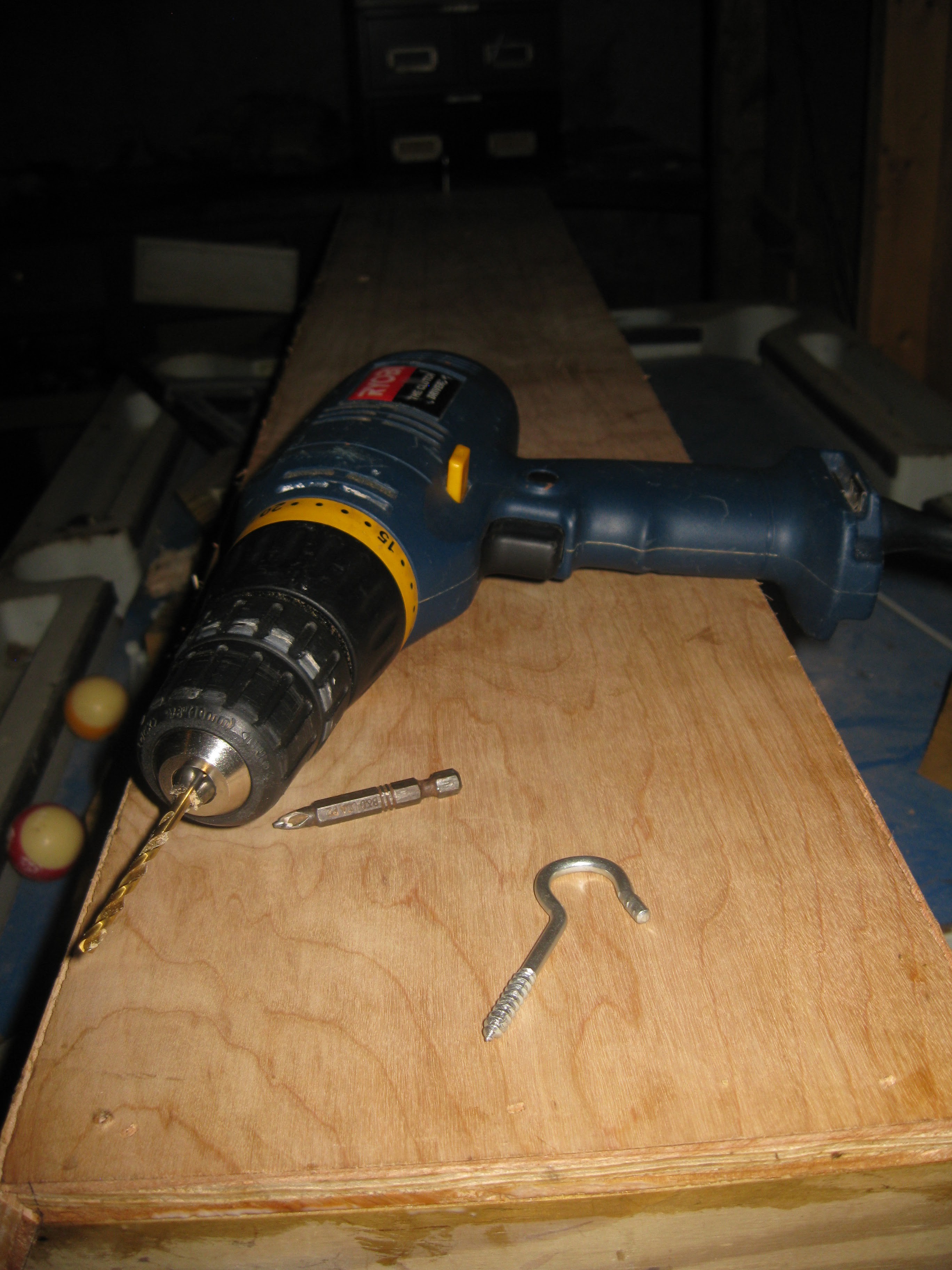
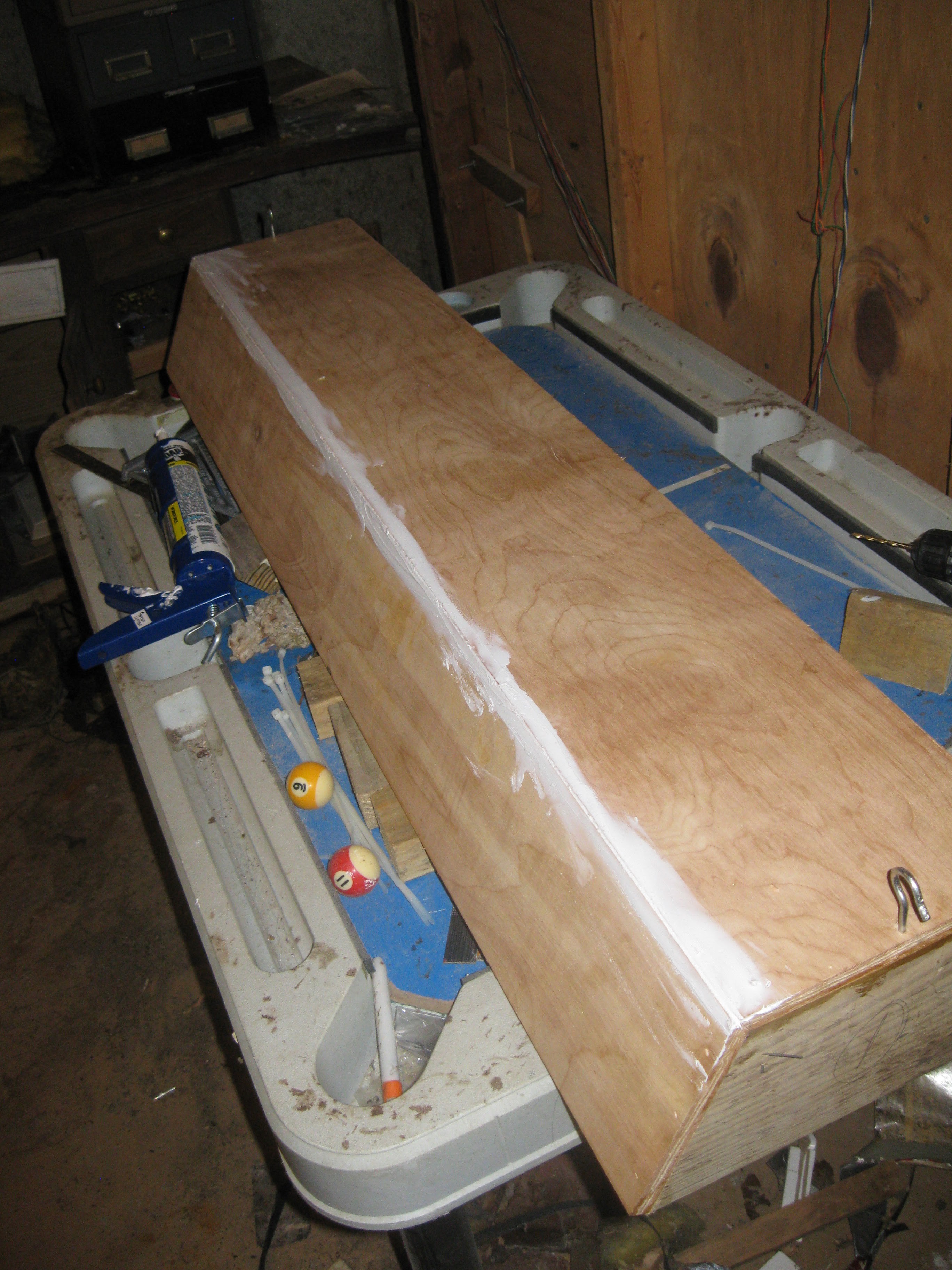
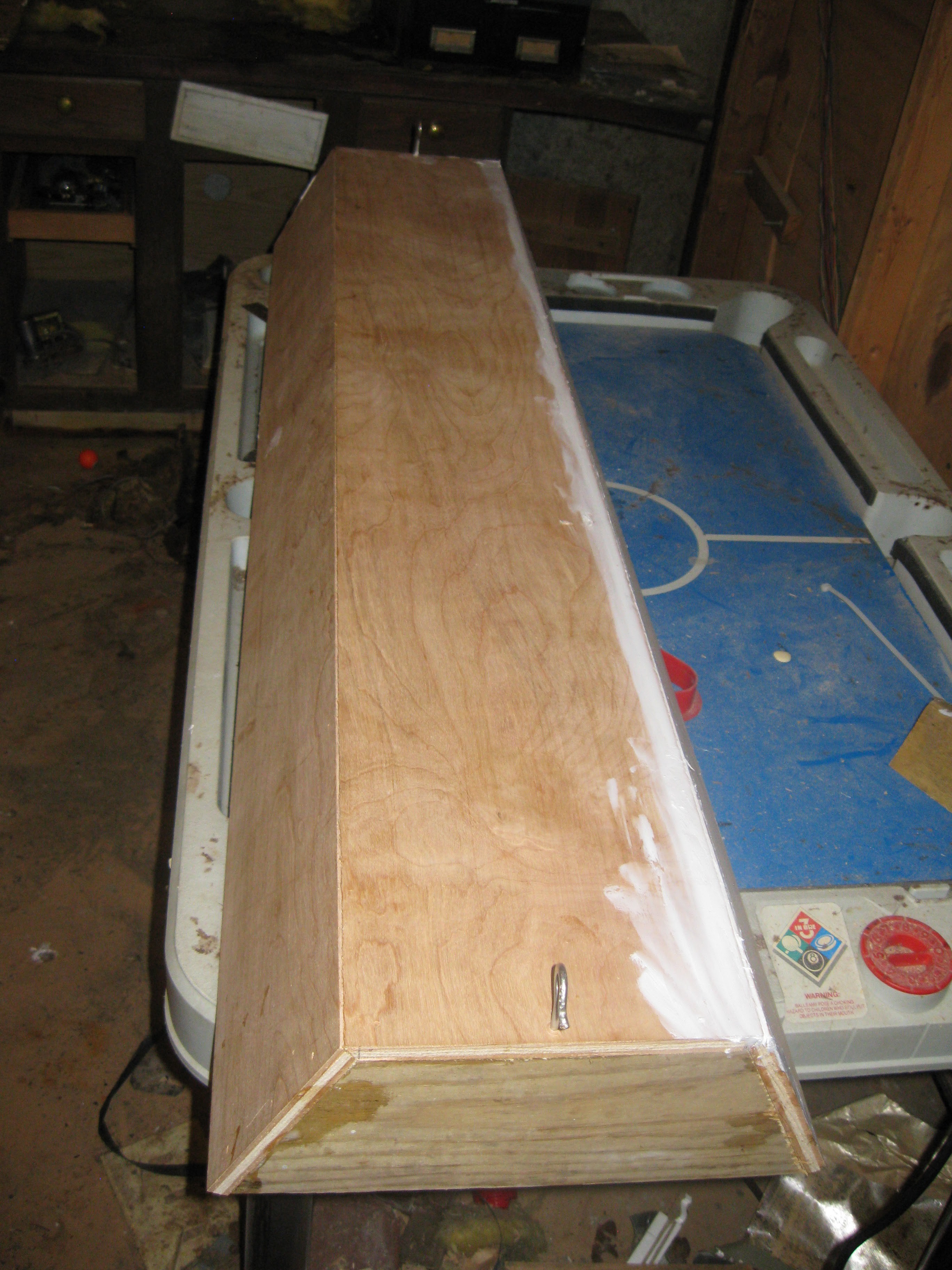


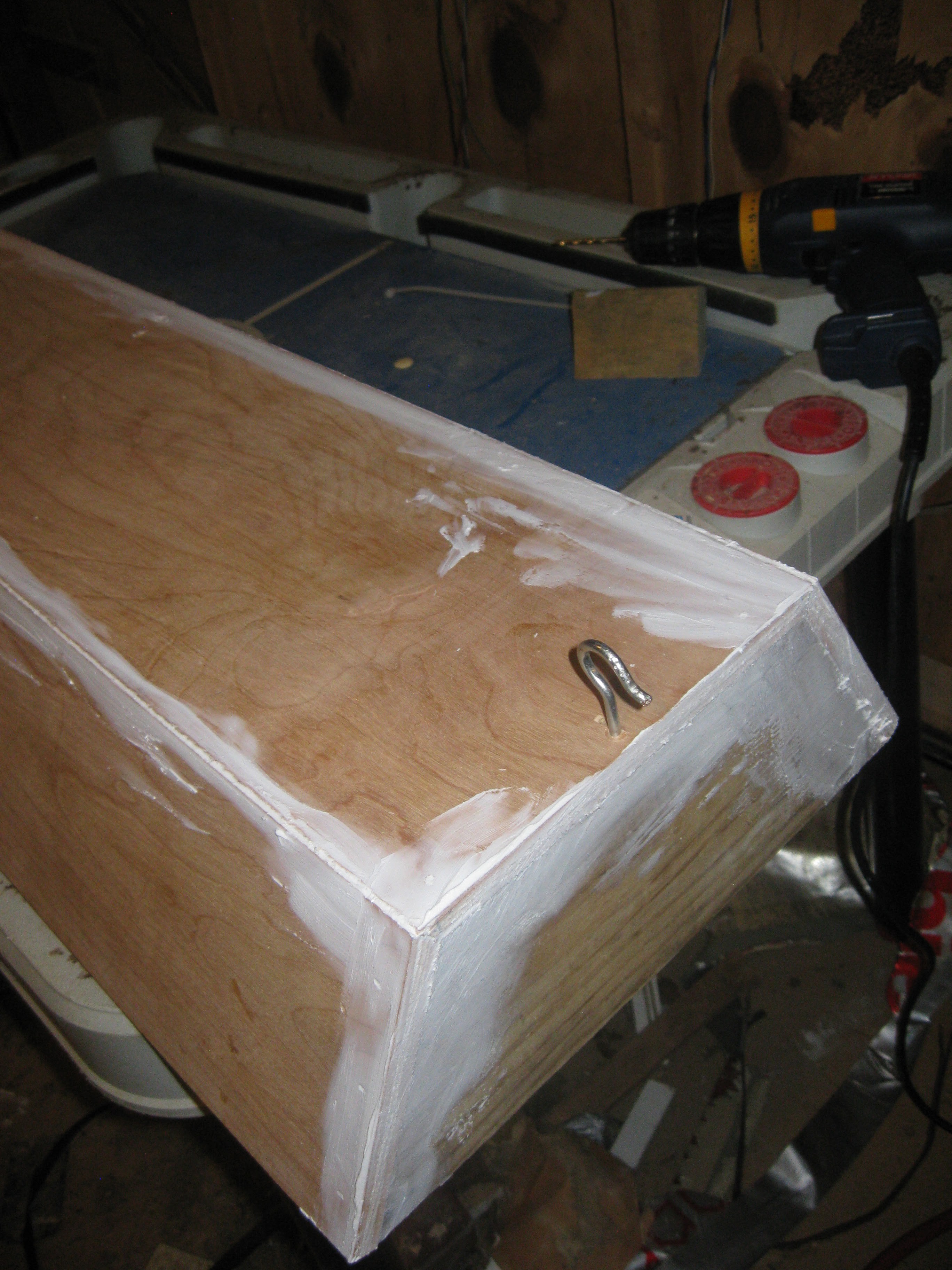
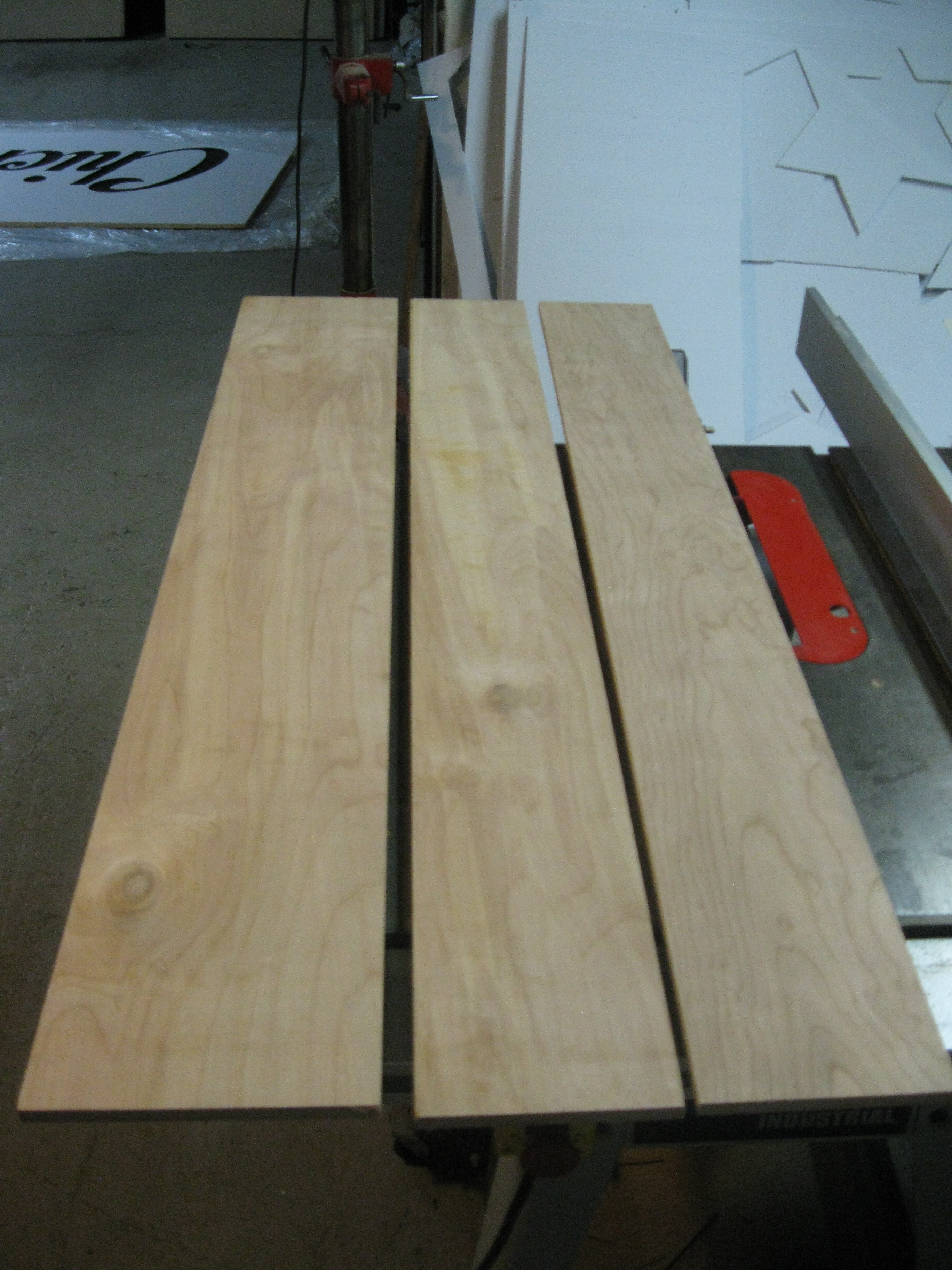
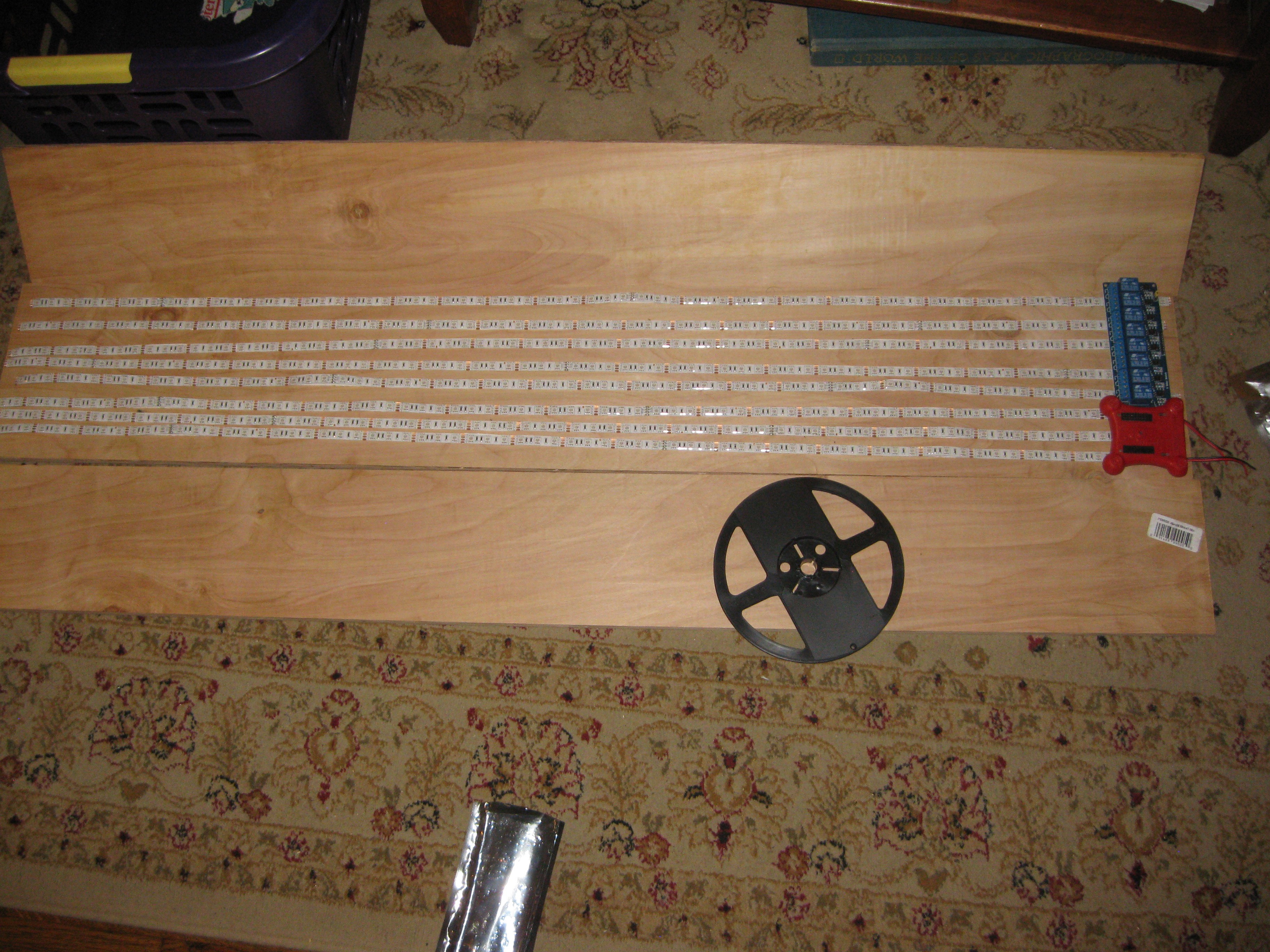
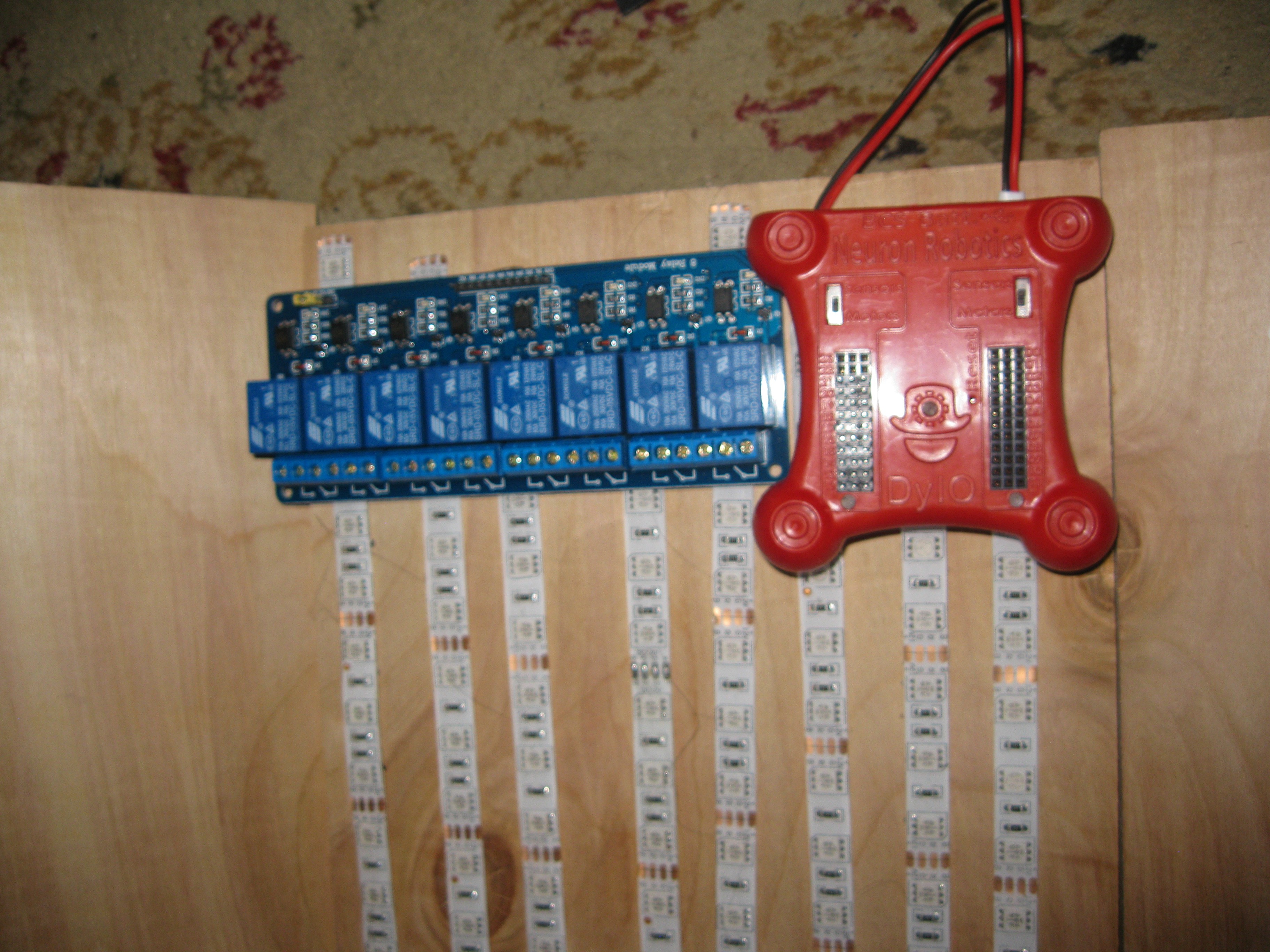



 Randy Elwin
Randy Elwin
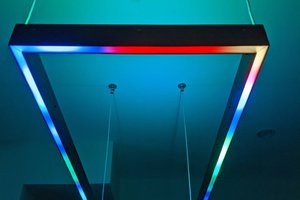
 Steve Pomeroy
Steve Pomeroy
 Rich Morrissey
Rich Morrissey
Two years later, any word on how well it works?